Best Low Phosphorous Meats for Kidney Disease
When you have chronic kidney disease, it’s important to make sure you’re monitoring your nutritional intake. There are minerals and nutrients that can cause your kidneys to have to work harder.
That can increase the progression of your kidney disease (ckd progression). However, if you monitor your nutrient intake, you can protect your kidneys from progression of kidney disease and kidney failure.
One of the nutrients that your doctor will tell you to monitor is phosphorus. Studies have shown that in the early stages of kidney disease, if you reduce your intake of phosphorus to 800-1200 mg/day, you can positively impact your kidney function.

When it comes to low phosphorus meats, knowledge is key; eating too much phosphorus can be just as detrimental as not eating enough. So let's dive in and explore this murky water together!
From understanding the causes behind high phosphorus levels in our diets, to learning about alternative sources of protein and why monitoring your intake is so important — we've got everything you need to make informed decisions for better health. You can also check out the protein for CKD Patients by stage.
Jump to:
Overview
Eating the right type of meat can be an important part of managing your kidney health, so it's essential to know which ones are best for you.
Low phosphorus meats are key when it comes to keeping your kidneys healthy, as too much phosphorus can be difficult for diseased kidneys to remove.
Therefore, limiting high-phosphorus meat sources such as canned meats and processed meats is recommended for those with kidney disease or at risk of developing it. Potassium balance is also important in a kidney-friendly diet, and natural low phosphorus meat options like chicken, turkey, fish, and shrimp can help maintain this balance while providing adequate protein intake.
When determining which foods are best for a person's individual dietary restrictions, label transparency is essential. Unfortunately, most labels do not list phosphorus content as it’s not required on the nutrition label facts.
This makes it difficult to accurately gauge how much phosphorus a food contains without consulting with a registered dietitian who specializes in personalized nutrition advice related to kidney health.
With greater awareness about what we consume, we can all take steps towards healthier lives.
For More Recipes and Ideas --->> Get Your Free Meals and Recipes That Are Perfect for Pre-Dialysis Diets, Pre-Dialysis with Diabetes, or Dialysis Diets.
Causes Of High Phosphorus In The Diet
Consuming too much of certain foods can cause phosphorus levels to skyrocket, leading to serious health repercussions. It's important for those with kidney disease to monitor their phosphorus intake and adjust their diet accordingly.
Here's a list of high phosphorus foods to avoid when on a kidney diet, along with low phosphorus alternatives to eat:
High phosphorus foods to avoid:
- Processed meat
- Sardines
- Chicken liver/beef liver
- Organ meats
- Dairy products (milk, cheese, yogurt)
- Dark-colored colas and sodas
- Chocolate and cocoa
- Beer and dark-colored beers
Low phosphorus alternatives to eat:
- Non-processed meats (chicken, turkey, fish, beef)
- Non-dairy milk (rice milk, almond milk)
- Low-phosphorus fruits (apples, berries, grapes)
- Vegetables (cabbage, carrots, green beans)
- Coffee, tea, and lemonade
- Pound cake and sugar cookies
- Root beer or ginger ale
Foods with dietary phosphorus additives listed on the ingredient labels such as disodium phosphate, dicalcium phosphate, and phosphoric acid should be avoided, as these can contribute significantly to overall phosphorus levels.
Please note that this is not an exhaustive list, and It is essential for individuals with CKD or other forms of kidney damage to consult a registered dietitian who specializes in renal nutrition. This will help them develop an individualized meal plan based on lab results and medical history.
A renal dietitian will help patients determine what foods are best suited for them so they can reach optimal health outcomes while still enjoying meals that taste great!
Phosphorus absorption from plant proteins is relatively low compared to that from animal sources. Therefore, plant proteins such as beans, nuts, seeds, tofu, whole grains, green peas, and lentils are excellent low-phosphorus protein sources that should be included in the diet.
Additionally, dietary phosphorus additives should be avoided as these can contribute significantly to overall phosphorus levels.
High Phosphorus Risks
Excess phosphorus in your diet can lead to serious health problems, so it's important to keep an eye on your intake. Phosphorus control is essential for those with CKD as damaged kidneys cannot properly filter out the mineral.
High blood phosphorus combined with high calcium can lead to dangerous calcium deposits in blood vessels, lungs, eyes, and heart. When phosphorus levels rise too high, this leads to complications such as weakened bones, heart attacks, and strokes may occur.
It's important to note that not all sources of phosphorus are equal when it comes to absorption. Dietary restrictions must be put in place to ensure proper control of phosphorus levels, including limiting foods high in the mineral.
Animal proteins tend to contain more absorbable forms of phosphorus than plant-based proteins, making them far less desirable for individuals with CKD. Additionally, packaged or processed foods (processed foods and CKD) may include phosphate additives which should also be avoided due to their contribution towards higher concentrations of the mineral in the body.
When following a low phosphorus diet for kidney disease management, it is best to focus on consuming vegetables and fresh fruits instead of processed varieties, as well as avoiding dairy products.
Beverages like water, coffee, tea, or certain juices/sodas can also provide hydration without any added phosphates, while snack foods should be limited if possible due to potential organic phosphorus content found within them. Rice cakes, pretzels, popcorn, crackers, pound cake, and sugar cookies are safe alternatives but only when consumed in moderation.
Ultimately, consulting with a registered dietitian who specializes in kidney health nutrition will help create a personalized meal plan that meets individual needs for optimal control over dietary minerals like potassium and sodium, alongside keeping track of total daily intake through monitoring food labels for 'PHOS' ingredients listed within them.

Meat Sources
Looking for low phosphorus meats? Choosing the right types of protein sources can have a major impact on your kidney health. Meat is one of the main sources of phosphorus in our diets, however, high levels of phosphorus can be damaging to our health. It is important to limit or avoid processed meats as they tend to be high in phosphorus additives and sodium.
For a meat to be part of a healthy renal diet, it needs to be low in amounts of phosphorus. Your daily intake of phosphorus should be less than 1200 mg. It’s also a good idea to talk with your doctor about these dietary sources. They may want you to reduce that intake.
A healthy renal diet should also be low in sodium, so marinades are usually not a good choice unless you read the nutrition facts labels carefully for added sodium. Cold water fish tend to be good for kidney health and a healthy diet because they are high in omega fatty acids which reduce inflammation.
Generally speaking, animal protein such as red meat isn’t recommended. However, different cuts have different levels of phosphorus. A steak is going to have higher levels than a roast.
And pork often comes cured which increases the sodium content, not good for people with kidney disease. However, a lean pork chop is a safe option with around 200 mg of phosphorus in a 3-ounce serving.
Keeping track of daily intake from food labels and making sure that total dietary phosphate does not exceed 1,250 mg daily is key for maintaining healthy kidneys - monitoring this intake closely allows you to make informed decisions when choosing low phosphorus foods for meals and snacks throughout the day!
Processed Meats
Eating processed meats can be detrimental to kidney health, as they're often high in phosphorus additives and sodium. Processed meats include deli meats, hot dogs, ham, bacon, and canned meat. These types of foods should be limited or avoided on a kidney-friendly diet due to their high levels of phosphorus additives or salt.
Phosphorus additives are added to many processed foods as preservatives or flavor enhancers. This type of phosphorus is more easily absorbed by the body compared to natural sources such as meat or dairy products. High levels of these additives can lead to elevated blood phosphorus levels which can cause bone disease, heart attacks, and strokes. .
Sodium content in processed meats is also a concern for people with kidney disease since excessive salt may increase blood pressure and fluid retention which can exacerbate existing symptoms of kidney disease.
Fortunately, there are other options available for individuals who need to follow a low phosphorus diet due to kidney disease. Natural sources of proteins such as non-processed meats including beef, chicken, and turkey meats are all good options that provide adequate protein without added phosphates.
Natural meats are low in phosphorus with less than 200mg per 3 oz portion.
Consulting with a registered dietitian familiar with dietary restrictions associated with chronic kidney disease is beneficial for creating an individualized meal plan that meets nutritional needs while managing any dietary restrictions related to the condition.
Plant Proteins
You can get the protein you need while protecting your kidneys from damage by incorporating plant proteins into your diet. These include beans, nuts, seeds, tofu, and whole grains. Plant proteins are beneficial for individuals with kidney disease as their phosphorus and potassium contents are less absorbed compared to animal sources.
Beans are a great source of plant-based protein and offer essential vitamins and minerals. Beans are low in fat content and have no saturated fat, trans fat, or cholesterol, which helps protect your heart from heart disease. They are also good sources of iron and fiber.
When it comes to plant-based meat alternatives like veggie burgers or mock meats, they may not be as healthful as unprocessed plant proteins due to the addition of various ingredients during processing.
It's important to read nutrition labels carefully when considering these products, as some may contain added sodium (renal diet sodium limit) or preservatives which can increase risks for kidney disease progression.
While many of these products are marketed as a healthier option than traditional meats, it's important to be aware that some may not offer the same nutritional value or health benefits.
Plant-based options tend to be lower in fat and cholesterol than animal proteins but may contain added sodium and other ingredients that can increase phosphorus levels.
It's also important to consider how these alternatives are cooked, as frying them will add additional fat and calories while baking can help reduce those amounts. When choosing plant-based meat alternatives, taste preferences should also be taken into account.
Many of these products have unique flavors and textures that may require adjusting your cooking methods or seasoning for an enjoyable meal. For example, tofu has a mild flavor so marinating it with herbs and spices can give it more flavor when cooked. If you're looking for something with more texture, tempeh has a chewy texture similar to ground beef that works well in dishes like tacos or chili.
Additionally, seitan made from wheat gluten offers a firm texture similar to steak so you can experiment with different seasonings and sauces until you find something you enjoy.
Therefore, when making food choices related to kidney health, prioritize whole foods over processed goods including plant-based options. Consult with your doctor or dietitian for individualized advice on what types of foods would work best given your specific health condition and dietary needs.
A qualified professional can provide guidance on how to incorporate beans, nuts, seeds, tofu, whole grains, green peas, and lentils into the diet in order to benefit from their nutritional values while maintaining renal health.
Tuna Considerations
Is canned tuna good for kidney disease? Tuna is an animal protein that can fit into a kidney-friendly diet, but it's important to be aware of its phosphorus content. Many people with CKD turn to fish options as part of their low phosphorus diets, and tuna is one option. Tuna has lower phosphorus content than some other types of fish, like salmon or sardines.
It's also important to consider the omega 3 benefits that come from consuming fish regularly; for this reason, it may be beneficial to incorporate canned tuna into the diet occasionally in moderation. When choosing canned tuna, look for options without added salt.
Most importantly, check the label for information on the amount of phosphorus present in each serving size before purchasing and consuming any canned product. Fresh tuna can also provide health benefits when consumed in moderation; however, it may not be as accessible or budget-friendly as canned products are.
Additionally, there are many low phosphorus recipes available online using both fresh and canned varieties of tuna such as salads, sandwiches, sushi bowls etc., so taking advantage of these recipes can help make incorporating this protein source into your diet easier and more enjoyable!
It's essential to remember that all foods should be monitored carefully when living with CKD; even seemingly harmless ingredients like mayonnaise used in some popular tuna salad recipes can contain high amounts of sodium which could create complications when building a healthy meal plan specifically tailored to your needs.
Always consult with a registered dietitian before making any drastic changes to your dietary habits - they're equipped with the knowledge necessary for creating safe and nutritious meal plans based on lab results and medical history!
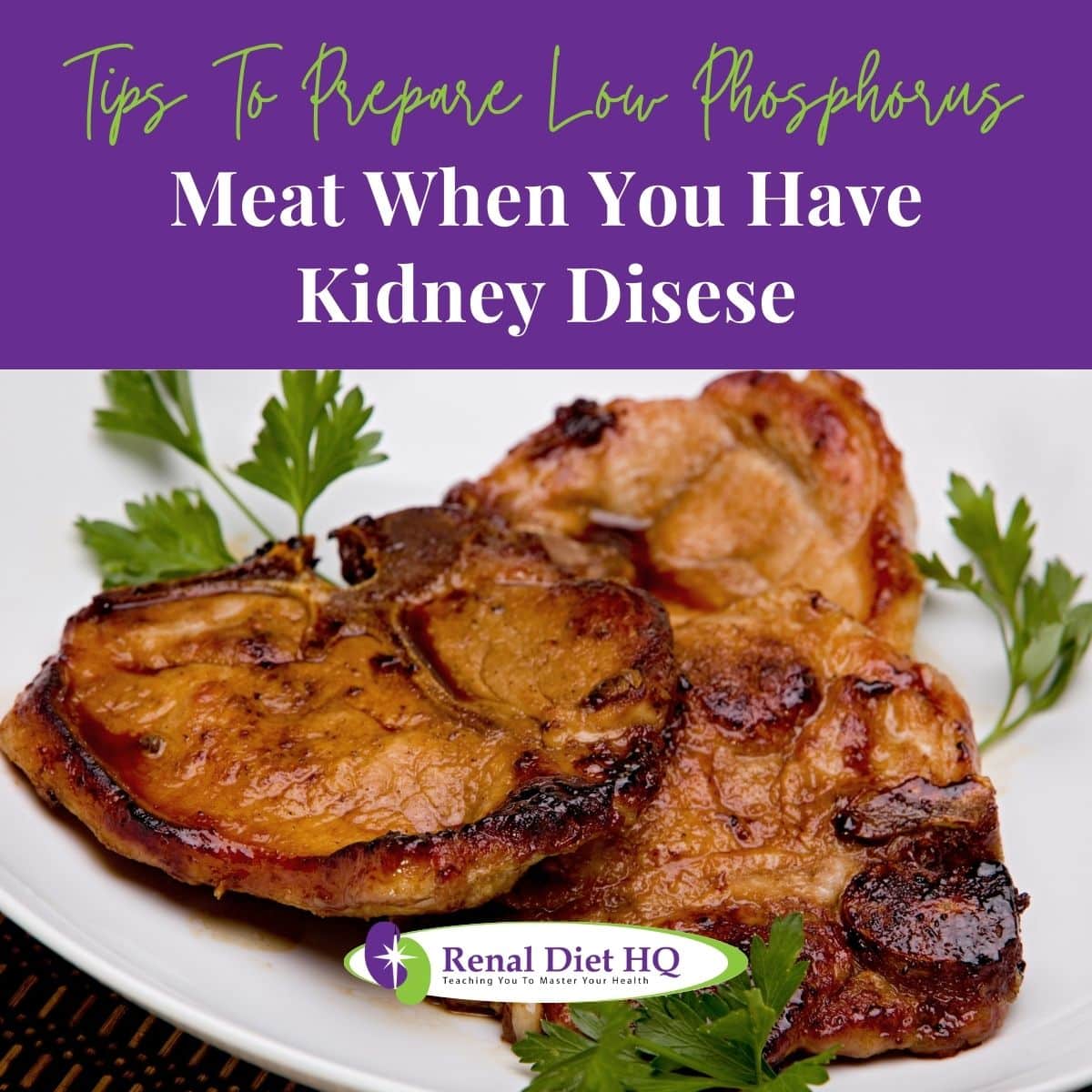
Tips to Prepare Low Phosphorus Meat When You Have Kidney Disease
If you can cook your meat at home, that is the best option and can have beneficial results. Then you have complete control over what is in the meat. For example, if you go out to a restaurant and order a chicken leg, it may be marinated. This can mean added sodium and extra phosphorus.
At home, if you choose to marinate your chicken, you can make sure to keep the sodium and phosphorus levels low. The best ways to prepare your meat at home are to bake, roast, or grill the meat. Use low or no sodium spice blends to add flavor or as a salt substitute.
Skip the breading or frying. You might, however, try an air fryer if you enjoy fried food but don’t want the added fat from unhealthy cooking oils.
If you do choose to use a marinade or sauce with your meat, make it yourself or learn to read the food labels carefully. Phosphorus doesn’t have to be on the label, so you have to look at the ingredients. Make sure you read labels carefully as a kidney patient.
FAQs for Low Phosphorous Meats
Feeling overwhelmed by the mountain of information about reducing your phosphorus levels? Don't worry - there are several treatments available, from dietary changes to medical interventions, that can help you manage your levels and maintain kidney health.
Dietary modifications such as reducing intake of high phosphorus foods can be helpful in lowering phosphorus levels. Additionally, phosphate binders may be taken to further reduce the amount of phosphorus absorbed.
Questions about kidney transplant? Dialysis treatment or a kidney transplant may also be necessary for more serious cases. With the right combination of treatments and dietary changes, you can feel confident that your phosphorus levels will stay in check!
If you're trying to manage your phosphorus levels, it's important to be aware of which foods contain added phosphorus. Labeling laws require processed meats and cooked meats, such as hot dogs or hamburgers, to list the amount of phosphate additives they contain.
Organ meats, red meat, and poultry may also have added phosphorus that is not listed on labels. Therefore, it's important to check ingredient lists for words like "phosphate" or "PHOS". If a food contains these additives, it should be limited in a kidney-friendly diet.
To ensure you're getting an accurate assessment of your dietary phosphorus intake, speak with a registered dietitian who specializes in kidney nutrition.
It is generally safe to eat red meat if you have kidney disease, but it's important to consume it in moderation. Red meat tends to have higher phosphorus content compared to poultry and fish, which can be problematic for kidney patients. High phosphorus levels can lead to bone and heart problems.
To safely include red meat in your kidney-friendly diet, consider the following tips:
Boil red meat, as this cooking method can help reduce phosphorus content.
Eat red meat in moderation only.
Balance your diet with other plant-based protein sources.
Always consult your healthcare provider or a dietitian for personalized guidance on managing your diet with kidney disease. They can help you create a balanced meal plan that meets your nutritional needs while maintaining appropriate phosphorus levels.
A registered dietitian can help you create an individualized meal plan with appropriate dietary modifications to meet your specific needs.
However, generally speaking, for stages 1 and 2 of kidney disease, it’s recommended to restrict your protein intake to 0.8 times your weight in kilograms.
For later stages, you may have to further restrict it to 0.6 times your weight in kilograms. If you’re on dialysis, your doctor may recommend that you increase your intake of protein.
If you have cirrhosis, it's important to be aware of the foods you're eating and how they can impact your health. Avoid processed foods (processed foods and CKD) as much as possible, as they tend to contain high amounts of sodium which can be detrimental for those with kidney disease.
Similarly, organ meats should also be avoided due to their high phosphorus content. Consider switching to plant-based proteins such as beans, nuts, and lentils since they provide less absorbable phosphorus.
It's also wise to reduce salt intake and consult a doctor before making any major changes to your diet. By taking these steps, you can help ensure that your dietary habits are conducive to better kidney disease management.
Enjoy Low Phosphorus Meats With Your Renal Diet
Selecting appropriate, low phosphorus meats that are the best ones for those with kidney disease is very important if you want to eat meat and you have CKD. Monitor your intake of both phosphorus and sources of protein.
Don’t forget that there is protein in the other foods you’re eating too. Beans, eggs, and dairy products all contain some protein. Nuts and seeds have protein as well. When possible, prepare your meat at home, avoid store bought marinades or sauces unless you’ve read the label and it isn’t high in sodium or phosphorus intake.
Armed with the knowledge you now have, you can navigate eating animal protein sources and manage your kidney disease on a kidney-friendly diet.





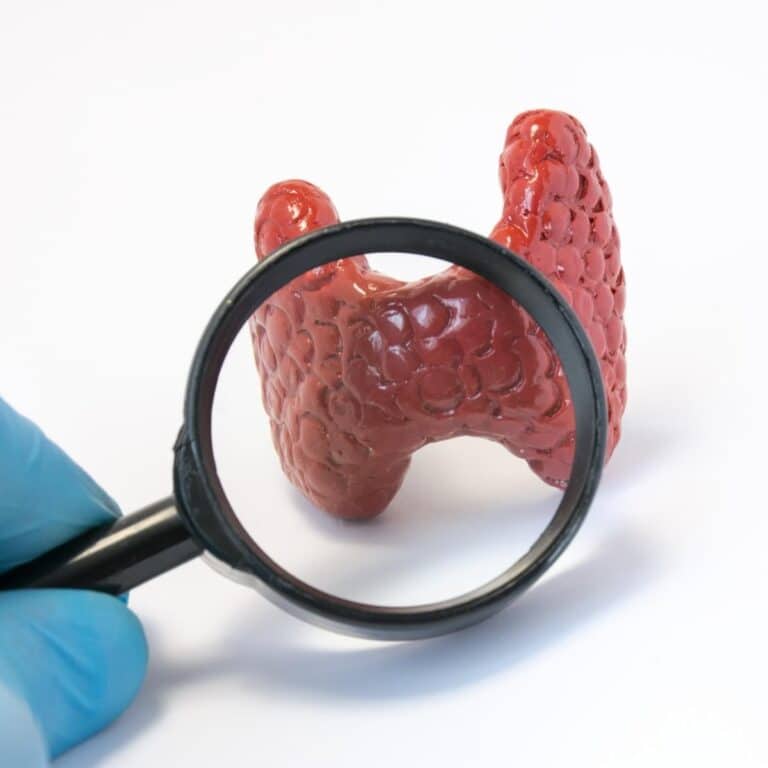
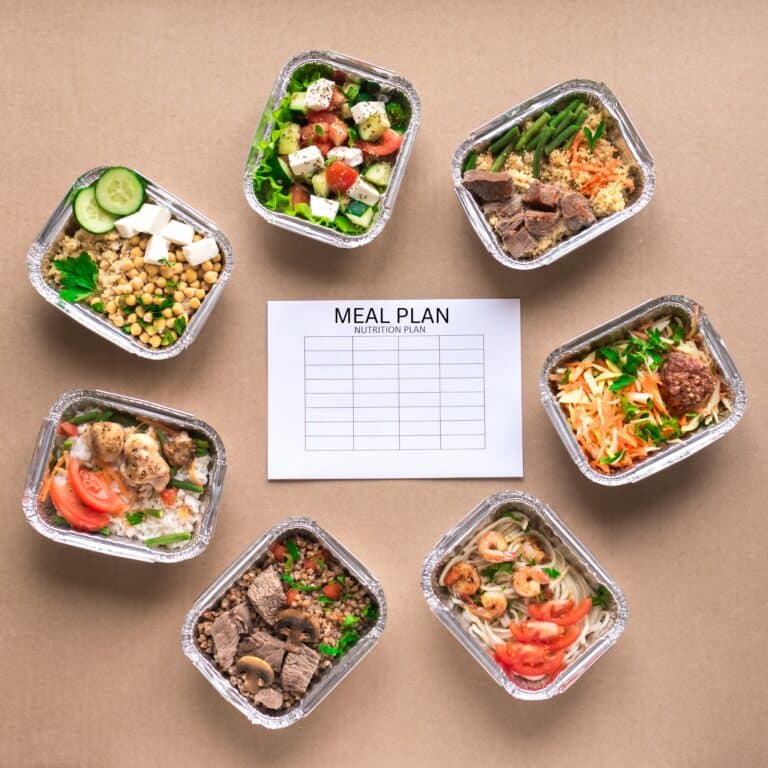
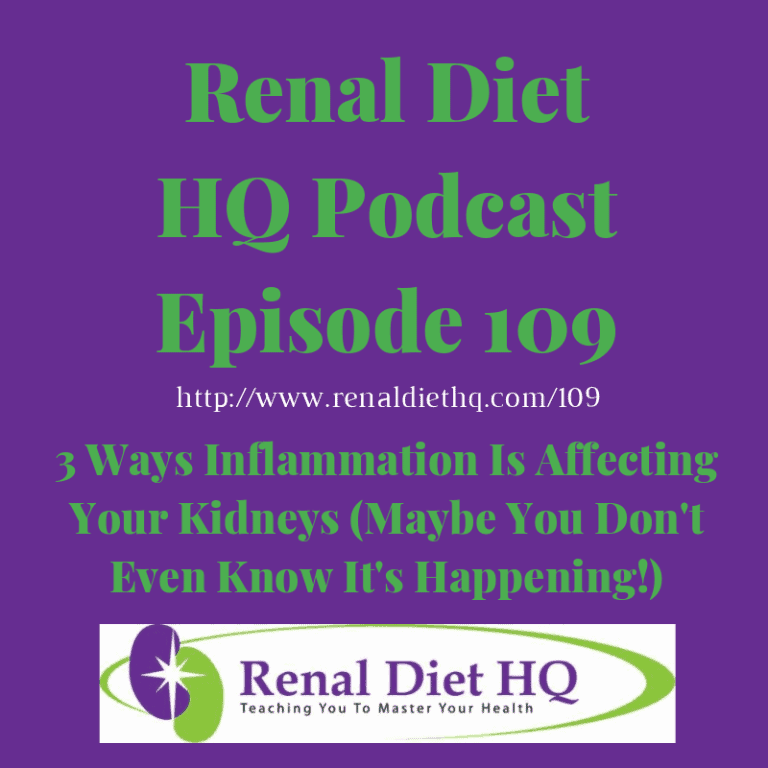
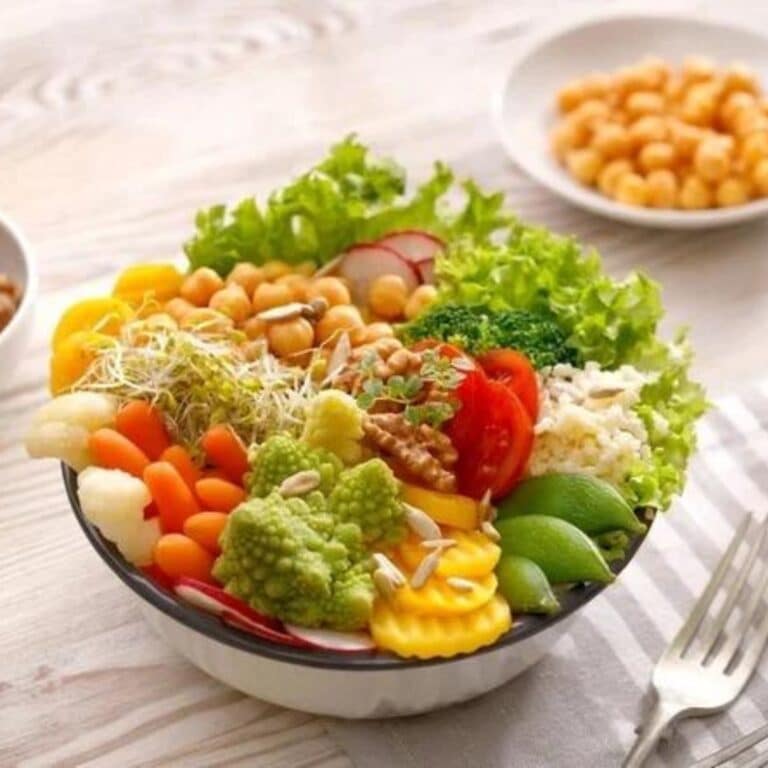
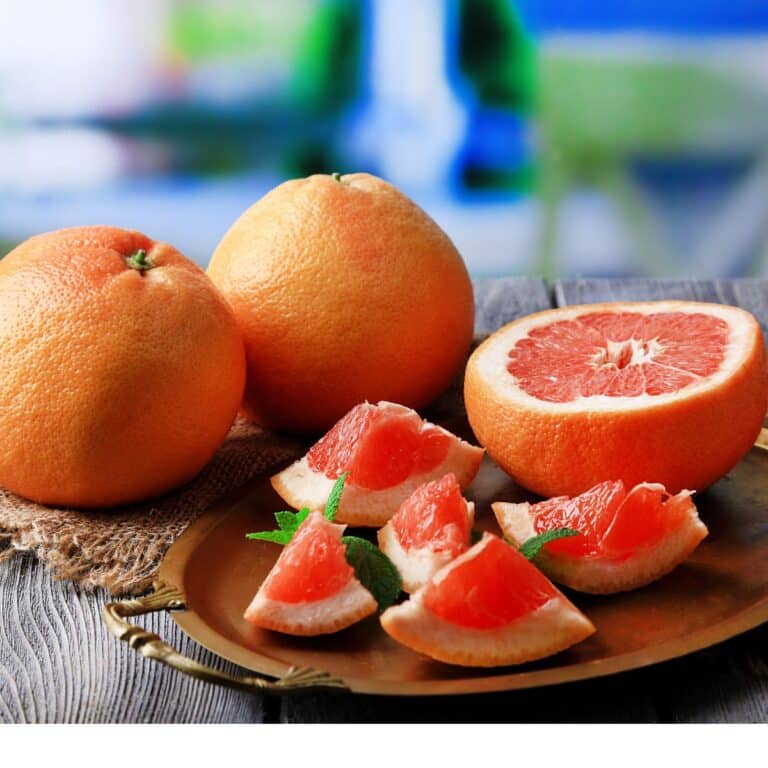
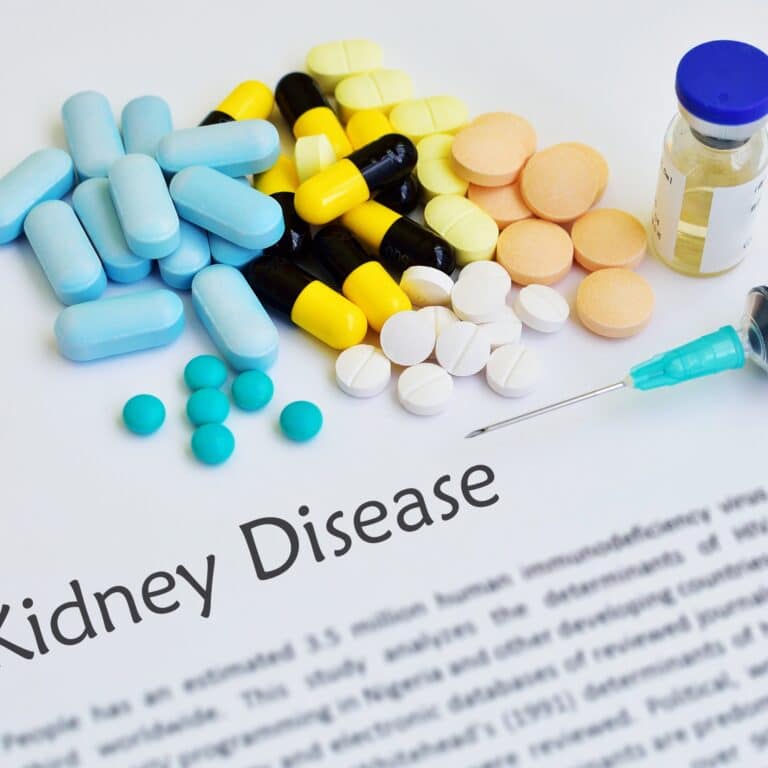





Thank you for this wealth of info.
I am Stage 4 CKD and also suffer from Peripheral Neuropathy. I am constantly researching these topics to make sure I can do well to keep them from progressing.
I learn a lot from you with controlling my kidney disease, I am a stage 4 patient on peritineal dialysis. Thank you.
Thank you. This has been so helpful. Us sisters have different stages of ckd. Im stage 2,middle is stage 3,older sisters is end stage. I don't want to end up on dialysis, so I must eat and do better so I can so it down a little.
Is eating plant based meat such as Morningstar Farms a better choice.